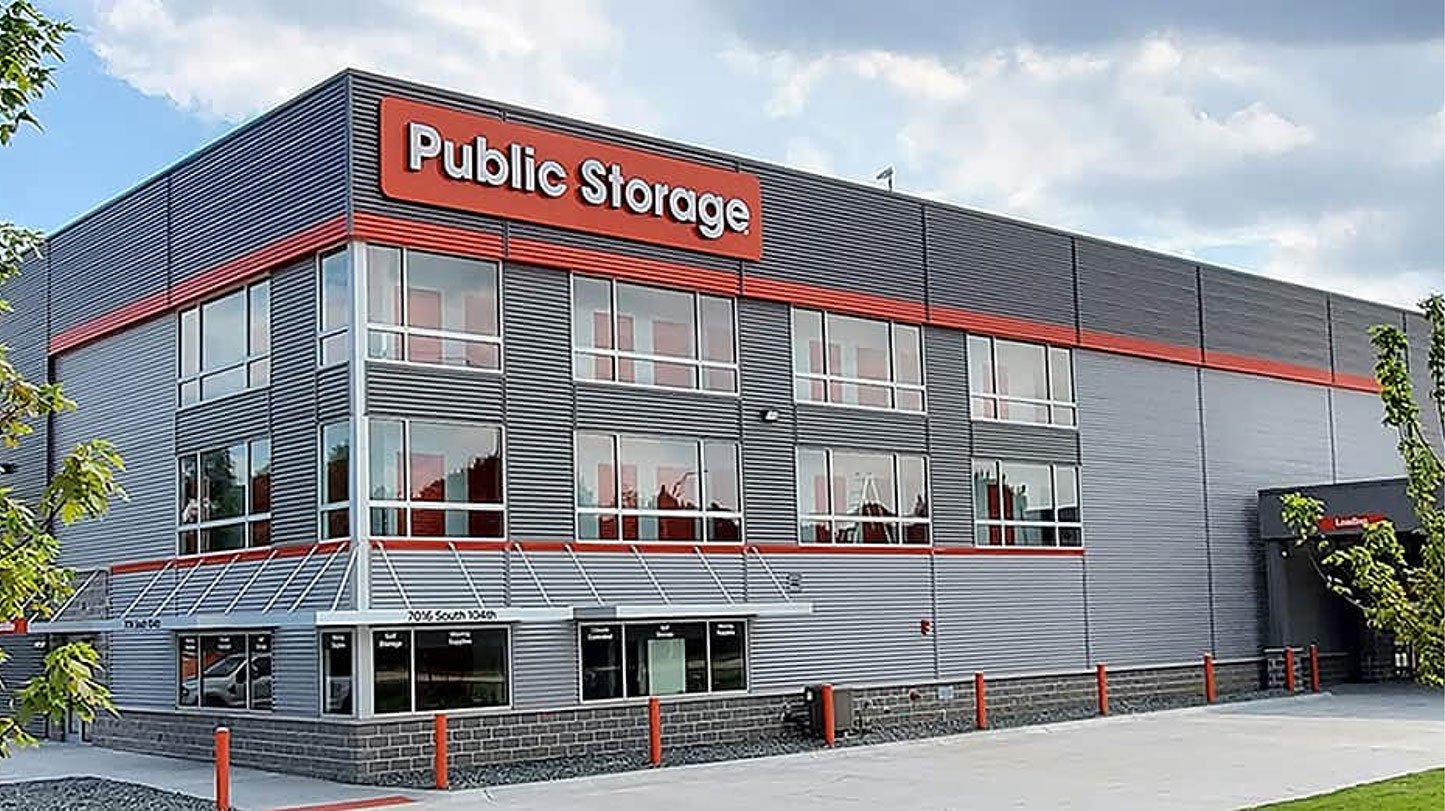The Super Sopper is a marvel of turf maintenance technology, a machine that has quietly become indispensable to sports fields, golf courses, and large grassy venues around the world. At first glance, it may seem like a humble piece of equipment, but this water-removal device plays a crucial role in keeping games on schedule and fields playable, especially in the aftermath of rain. Originally invented in Australia, the Super Sopper was designed to combat the unpredictable weather conditions that often left playing surfaces soggy and unusable. By efficiently removing excess surface water without damaging the turf, the Super Sopper ensures that even the most delicate grass can recover quickly and safely.
The core concept of the Super Sopper is surprisingly simple: it operates using absorbent foam rollers that soak up water from the surface. These rollers rotate over the wet area, collecting water into a storage tank or redirecting it away from the field. Despite its straightforward mechanics, the effectiveness of the Super Sopper lies in its ability to remove thousands of liters of water within a short period. This capability has made it a mainstay in major sporting events, from cricket matches and baseball games to rugby tournaments and even the Olympics. Wherever there’s turf and the potential for rain, you’re likely to find a Super Sopper on standby.
One of the most significant benefits of the Super Sopper is its ability to minimize downtime. In professional sports, delays due to rain can result in massive financial losses, not just for teams and leagues but also for broadcasters and advertisers. Before the advent of advanced water-removal systems, groundskeepers had to rely on manual labor with brooms, sponges, or even towels—methods that were not only time-consuming but largely ineffective for large surfaces. The Super Sopper has changed all that by providing a quick and reliable solution. With just one pass over a soaked area, it can often make the field playable within minutes.

Over the years, the Super Sopper has evolved in both design and functionality. Modern versions come in various sizes to suit different types of venues, from compact push models for small fields and tennis courts to large, ride-on machines that can cover football fields and stadiums. Some models even come with adjustable settings, allowing groundskeepers to control the pressure and roller speed based on turf conditions. This customization helps reduce turf damage while maximizing water absorption, making it ideal for sensitive surfaces such as bentgrass or Bermuda grass used in golf greens.
Interestingly, the Super Sopper has also found applications beyond sports. Its water-removal efficiency has been adopted by event organizers, landscapers, and even airports. Outdoor concert venues, for instance, use it to dry grassy areas before events, helping reduce the risk of muddy conditions for attendees. In some airports, particularly in regions prone to monsoons or flash flooding, similar water-removal technologies are used to clear tarmac and runways. This adaptability showcases the machine’s versatility and importance in managing water-logged environments quickly and effectively.
Despite its essential role, the Super Sopper remains relatively unknown to the general public. Most fans watching a match on TV may not even notice it unless a heavy downpour interrupts the game. Yet, behind the scenes, this machine often serves as the unsung hero, preventing cancellations and keeping the show running. Groundskeepers and stadium staff speak highly of its reliability and durability, often using the same machines for over a decade with minimal maintenance. Its longevity is a testament to the robust engineering and thoughtful design that went into its creation.
Environmental sustainability is another area where the Super Sopper is beginning to make an impact. Older drainage methods often relied on chemicals or heavy machinery that could damage ecosystems or lead to runoff pollution. In contrast, the Super Sopper uses no harmful substances and operates using a low-energy mechanism. Many facilities now see it as a greener alternative for water management, especially when paired with sustainable turf-care practices. As the world becomes more eco-conscious, innovations like the Super Sopper are proving that efficiency and environmental responsibility can go hand-in-hand.
Looking ahead, there is significant potential for further innovation in the Super Sopper’s design. As smart technology continues to evolve, we may soon see models equipped with sensors, GPS guidance, and automated systems capable of monitoring field conditions in real time. These advancements could streamline turf management even further, making it easier to respond to sudden weather changes with precision and speed. As climate change leads to more unpredictable and intense rainfall patterns, the importance of tools like the super sopper will only grow, securing its place as a vital asset in turf care for years to come.
















